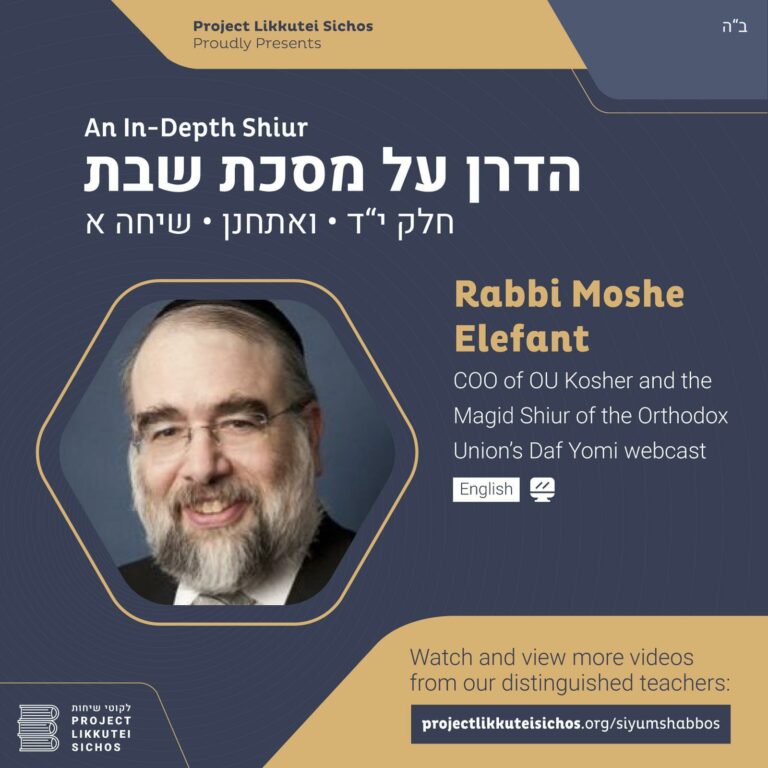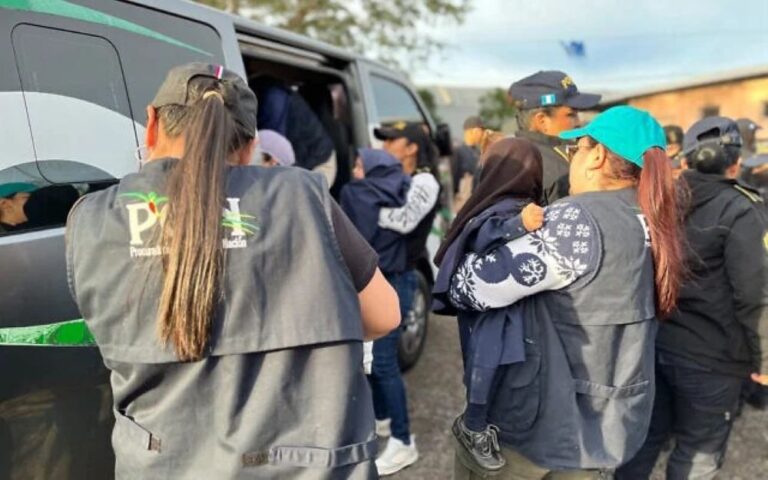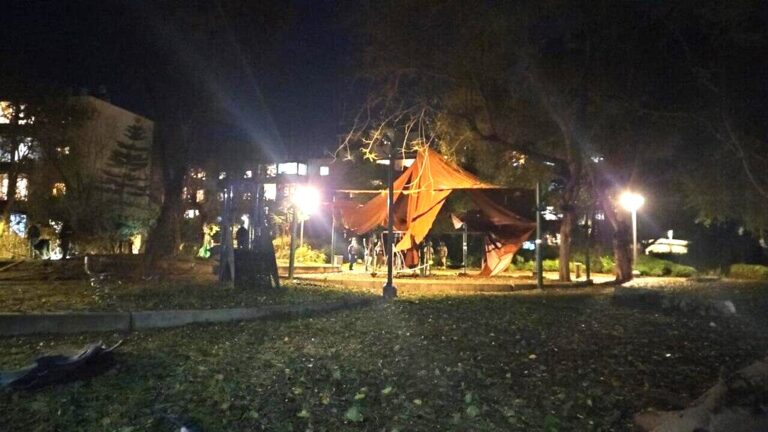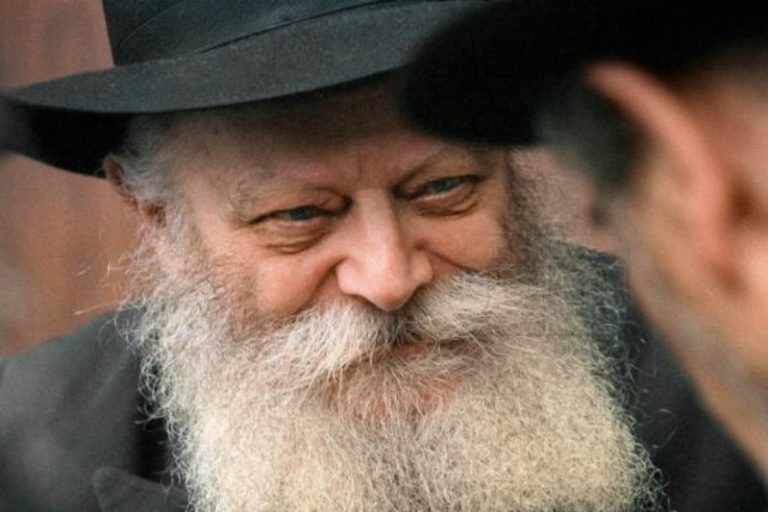What would be a unique way to mark the forthcoming siyum on masechta shabbos in the Daf Yomi cycle? What is something that increases in achdus during these difficult times, and sheds new light on familiar topics?
https://projectlikkuteisichos.org/siyumshabbos/
For decades, Jews have known that if they are ever in a far flung city anywhere in the world, they can turn to Chabad for a kosher meal, minyanim and other forms of assistance. The Lubavitcher Rebbe zt”l inspired his chassidim to go wherever Jews may be found and serve their needs with great mesirus nefesh and ahavas yisroel, and this is now so pervasive that it is practically taken for granted.
What is somewhat less well known is the Rebbe’s geonus and lomdus, centered on combining many layers of Torah scholarship and unifying them in a holistic whole. As his father in law, Rabbi Yosef Yitzchok Schneerson remarked when appointing distinguished chassidim to greet the Rebbe upon his arrival in the US in 1941: “I appoint you as my emissaries to go and greet my son-in-law, who is arriving tomorrow. I will reveal to you what sort of a person he is: every night he says tikkun chatzos. He is fluent in Shas and poskim; in Yerushalmi, with all of its commentaries, he knows the Rambam and the Likkutei Torah verbatim — with all of its sources. Go and greet him!”
For over 40 years, the Rebbe taught a living Torah — a Torah that guides and uplifts us and speaks to our current reality. From the Rebbe’s perspective, no idea in Torah was too abstract to be relevant, and no practical detail was too simple to have profound meaning. He found relevance and meaning in everything, because it is all Torah, which shares the root of Hora’ah — guidance.
With the Daf Yomi cycle approaching the siyum of masechta shabbos, Rabbi Moshe Elefant, COO of OU Kosher and popular Daf Yomi maggid shiur, has prepared a shiur on a hadran on masechta shabbos that the Rebbe taught in 1962. In his clear and eloquent manner, Rabbi Elefant demonstrates how the Rebbe ties the conclusion of the mesechta to its beginning, and with an innovative approach to the sugya of פוקקין מודדין וקושרין, derives a powerful lesson in our daily avodas Hashem. This shiur, as well as shiurim on the same hadran by many other respected rabbonim in various languages are available here: projectlikkuteisichos.org/siyumshabbos/
To offer a preview of sorts, we note that no less than 42 sources are referenced in this hadran, among them:
Shas Bavli and Yerushalmi, Midrash Rabba, Shulchan Aruch, Rambam, Rashba, Ran, Ramban, Darkei Sholom, Sdei Chemed, Atzmos Yosef, Meiri, Hago’os Ashri, Likutei Torah, Bartenura, Tosfos Yomtov, Sfas Emes, Chasam Sofer, Encyclopedia Talmudis, Minchas Chinuch, and the Zohar, plus many others. This is a journey into the depths of kol hatorah kula!
To learn the Rebbe’s Torah on sugyos related to the weekly Parsha, please visit projectlikkuteisichos.org, where tens of shiurim ranging from beginner to advanced levels, in multiple languages and formats, are made available free of charge every week to every single yid. טעמו וראו כי טוב יי!











